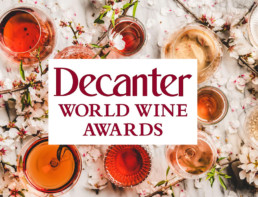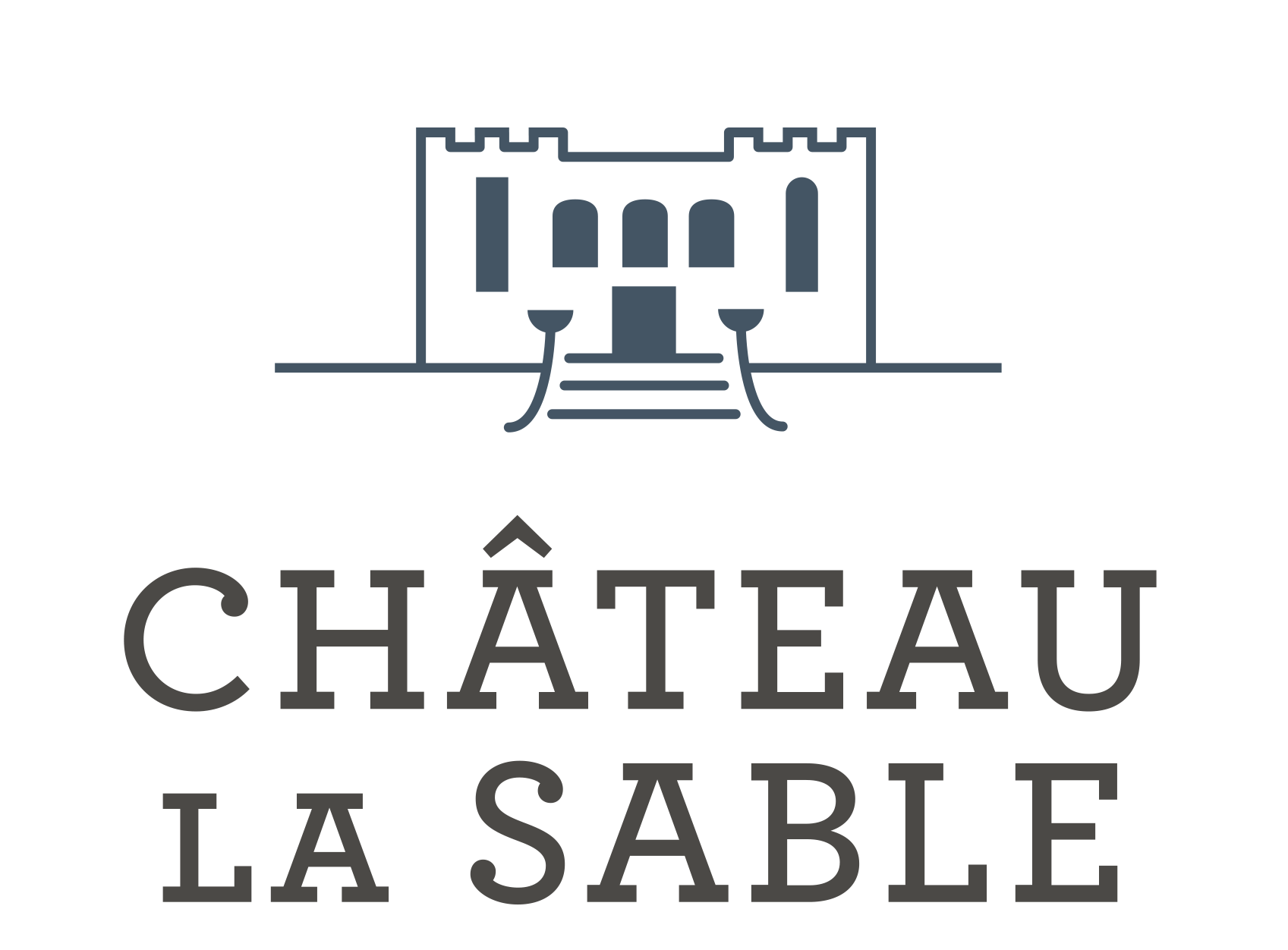Provence’s three largest appellations – Côtes de Provence, Coteaux d’Aix-en-Provence and Coteaux Varois en Provence – together account for more than 90% of the volume of Provence rosé. Côtes de Provence and Coteaux d’Aix-en-Provence cover a large area from the coast to higher inland sites, while Coteaux Varois en Provence covers the cooler uplands stretching to the north. The three appellations work together in their marketing and as a cohesive brand.
Other appellations worth considering when looking at Provence rosé are Bandol and southern Luberon. Bandol rosés usually have more Mourvèdre (the minimum amount is 20%). While many are barely different to their Côtes de Provence neighbours, a few producers are making serious, ageworthy Mourvèdre-based rosés.
The Luberon – British author Peter Mayle’s original heartland of lavender-field Provence – produces similar rosés. The slightly higher altitude and greater distance from the sea lends the wines an appealing freshness.
Château La Sable, Luberon, France 2022
91/100
Tasted by: Elizabeth Gabay MW (May 2023)
Drinking Window: 2023 – 2028
Both Grenache and Syrah play a part in this southern Luberon rosé. Delicate notes of scented flowers, pretty red berries and white peach set the scene. On the palate there is an explosion of tropical fruit, opulent yellow peaches, perfumed pêche de vigne, and a beautiful creamy richness supported by a vibrant freshness, minerality, a saline edge and a touch of wild plums and blackcurrants on the finish. Lovely concentration, elegance and freshness.


